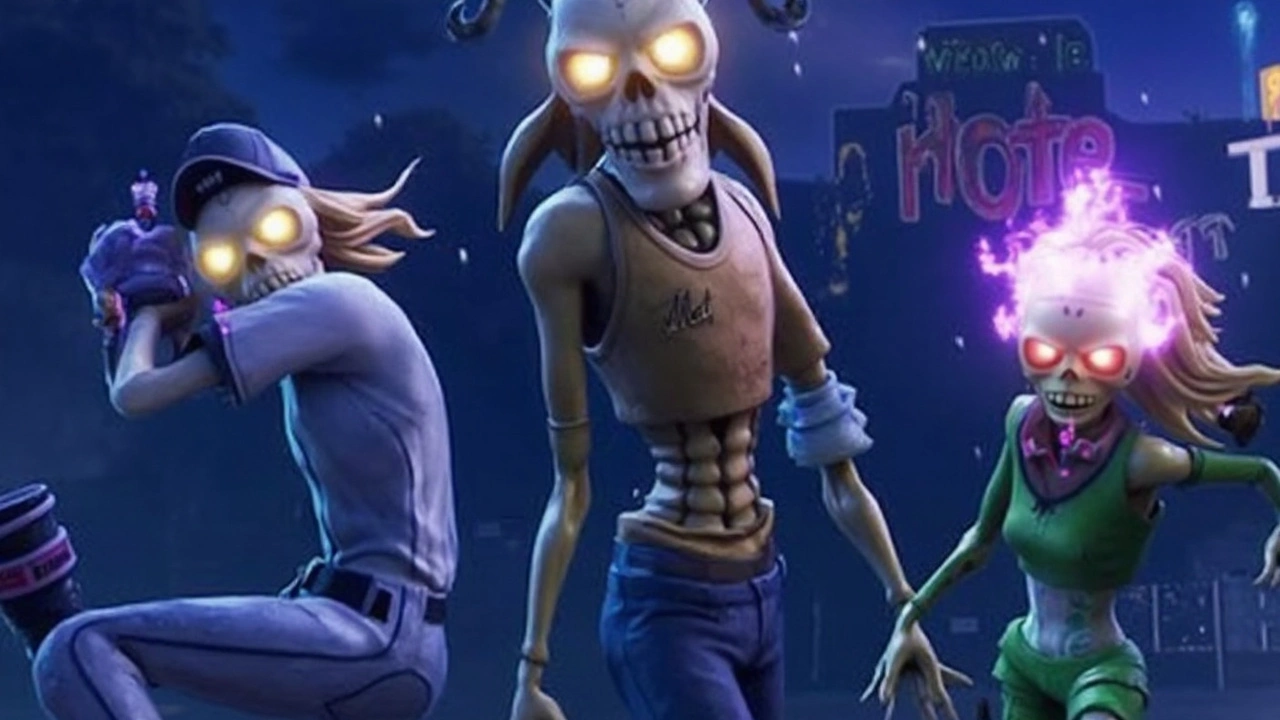Football Matchmaking: Finding the Right Fit for Clubs and Players
Ever wondered why some transfers look like a perfect puzzle piece while others fall flat? That’s football matchmaking at work. It’s the process clubs use to pair the right player with the right team, balancing talent, finances, and style of play. Think of it as a dating service, but for jerseys and contracts.
The role of scouts and data in matchmaking
Scouts are the matchmakers’ eyes on the ground. They watch hundreds of games, spot emerging talent, and note how a player’s strengths fit a club’s system. Modern clubs add data analysts to the mix – they crunch numbers on distance covered, pass completion, and even injury history. When a scout says a centre‑back is solid in the air, the data team can confirm his aerial duels per 90 minutes, making the match more concrete.
Money talks too. A club’s budget decides which players are realistic options. The finance team evaluates wages, transfer fees, and resale value. If a club can’t meet a player’s wage demand, even the best on‑field fit will be rejected. That’s why you see rumors of “fit‑but‑expensive” deals – the matchmaking process hits a budget wall.
Recent transfer stories show matchmaking in action
Take the Marcus Rashford‑Barcelona chatter. A Manchester United legend praised Rashford’s talent, calling him a “phenomenal footballer”. The talk isn’t just gossip; it highlights a potential fit. Rashford’s pace and versatility could suit Barcelona’s high‑press style, while the Spanish giants need a forward who can break defenses. Yet the financial gap and Rashford’s contract length make the deal tricky – classic matchmaking hurdles.
Another example is Marc Guehi’s possible move to Liverpool. Liverpool’s £35 million bid shows they see Guehi as a defensive upgrade that matches their pressing game. The offer also ties into a larger plan involving Joe Gomez’s potential switch to AC Milan. Here we have a two‑player matchmaking strategy – each move supports the other, creating a win‑win for all clubs involved.
Even smaller moves matter. Elliot Anderson’s England call‑up after strong performances for Nottingham Forest illustrates personal matchmaking. Forest’s system gave Anderson the platform to showcase his work rate and clean passing, catching the national team’s eye. The “match” between his style and England’s midfield needs turned into an international debut.
Matchmaking isn’t just for big clubs. When Blackburn Rovers centre‑back Dom Hyam returns from injury, his fit back into the squad depends on his physical readiness and the team’s defensive gaps. The club’s medical staff, coaches, and Hyam himself negotiate the timing – another form of matchmaking focused on player health and squad balance.
These stories prove that successful transfers rely on more than just a player’s reputation. They depend on a thorough assessment of tactical fit, financial feasibility, and timing. When all three line up, the deal feels inevitable, just like a perfect first date.
So next time you hear transfer rumors, think of the behind‑the‑scenes matchmaking work. It’s the blend of scouting, data, finance, and a little gut feeling that makes the football world keep moving. And who knows – the next perfect match might already be in the making, waiting for the right moment to be announced.
